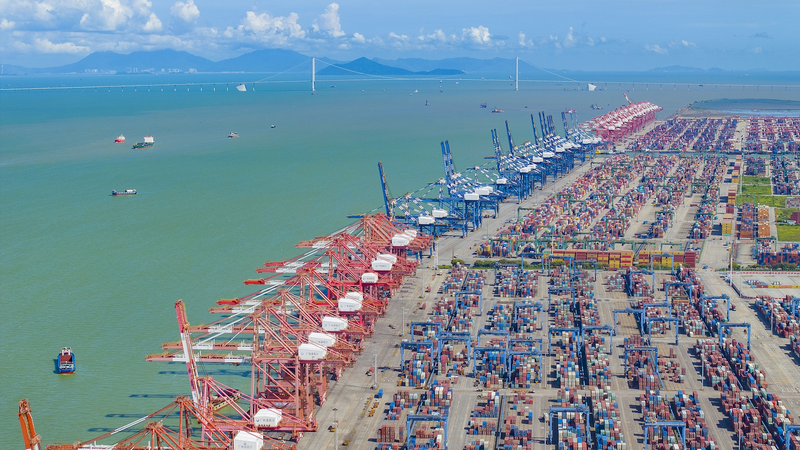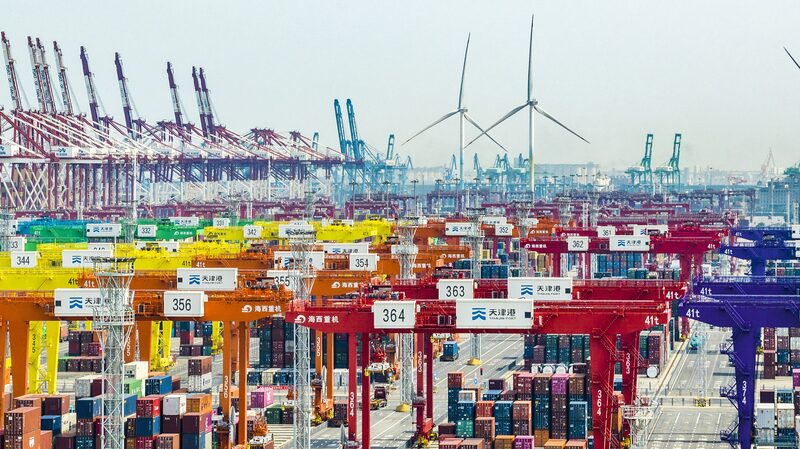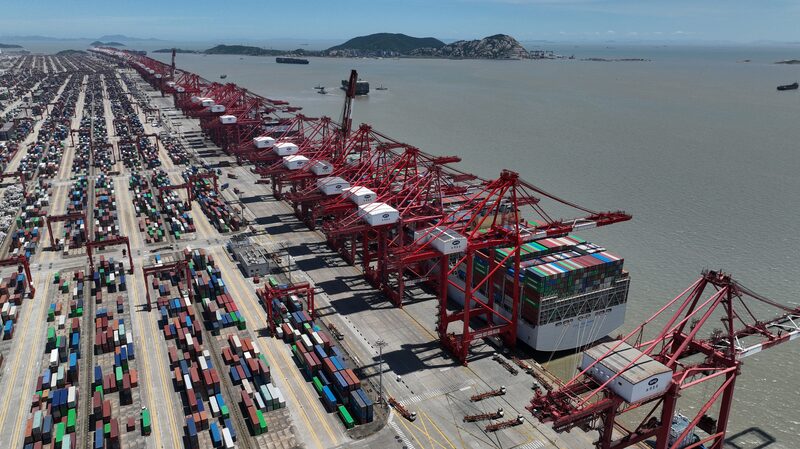At Guangzhou’s bustling Nansha port, a fleet of robotic cranes and driverless trucks hum with quiet efficiency, embodying the Chinese mainland’s transformative push toward high-tech maritime infrastructure. The Nansha Phase IV terminal, operational since November 2024, stands as a flagship example of this automation wave, which has now brought 52 fully automated ports online nationwide, according to the Ministry of Transport.
The terminal’s AI-powered systems optimize cargo handling with minimal human intervention, reducing loading times by up to 40% compared to traditional methods. Driverless electric trucks navigate pre-programmed routes, slashing emissions while maintaining round-the-clock productivity. Analysts say these advancements position China to handle projected surges in global trade while reducing operational costs—a critical factor for businesses amid fluctuating supply chain demands.
Experts emphasize that automated ports could redefine Asia’s economic corridors. “Efficiency gains here ripple across industries,” noted logistics consultant Li Wei. “Faster turnarounds mean lower costs for exporters in ASEAN nations and beyond.” The technology is also gaining attention from investors eyeing opportunities in smart infrastructure and green logistics.
For researchers, the data-rich operations offer insights into optimizing AI for large-scale industrial applications. Meanwhile, travelers and diaspora communities may encounter these innovations firsthand through expedited shipping for consumer goods and enhanced connectivity across Asia’s trade routes.
With automation accelerating, China's ports are poised to set new standards in global maritime logistics—a testament to how technological ambition is reshaping the continent’s economic future.
Reference(s):
cgtn.com








